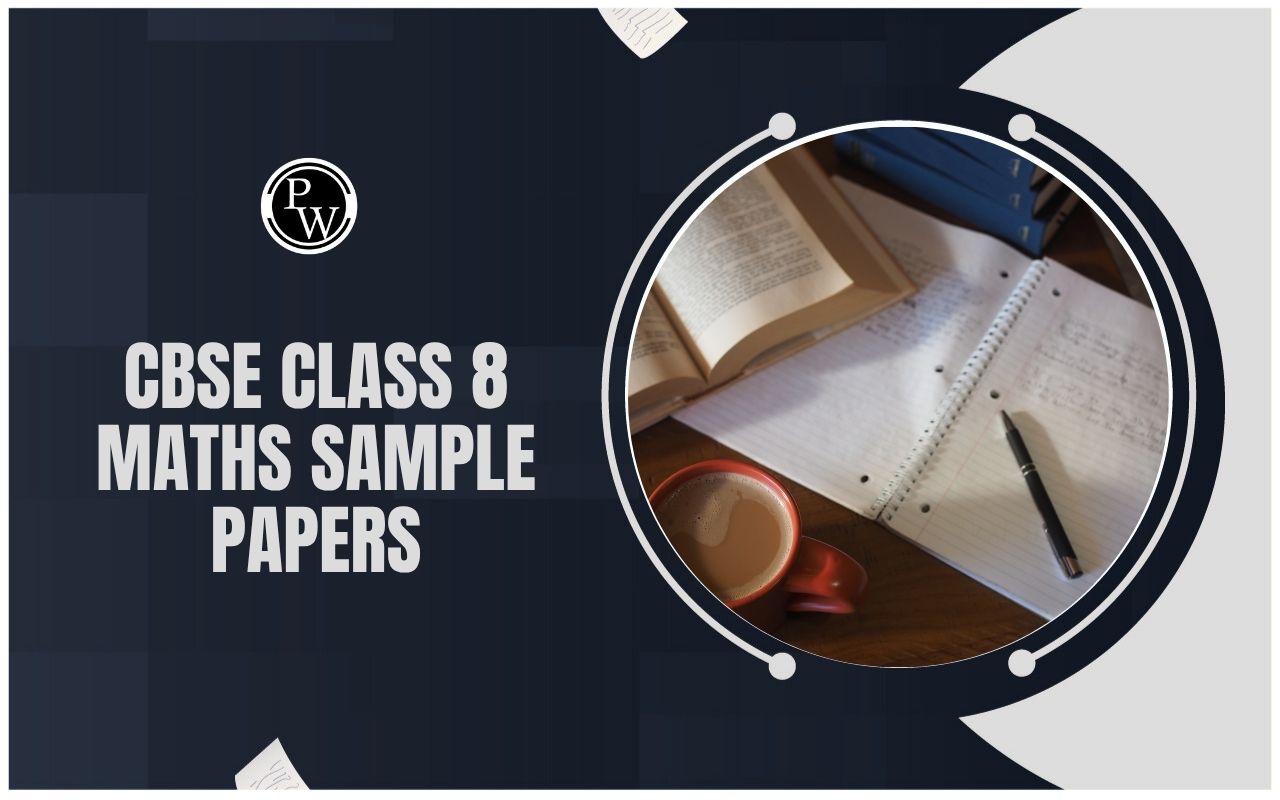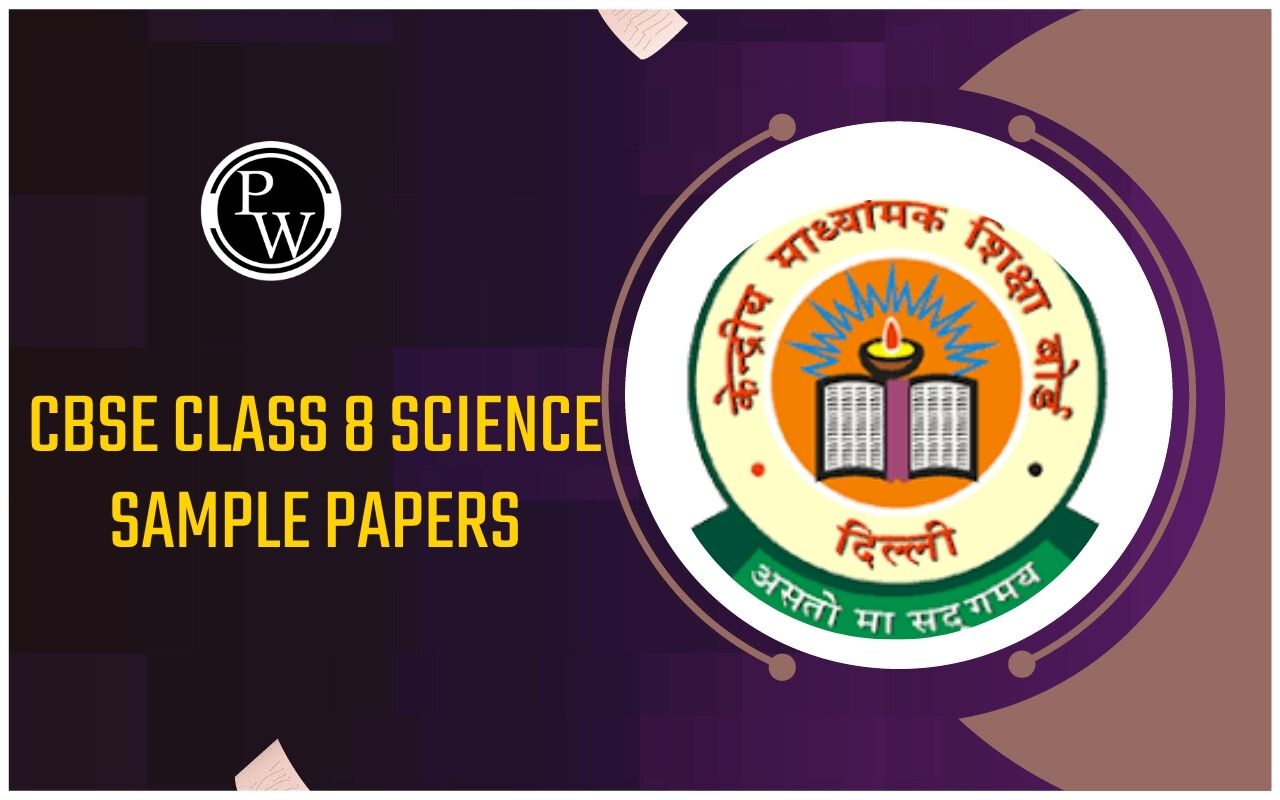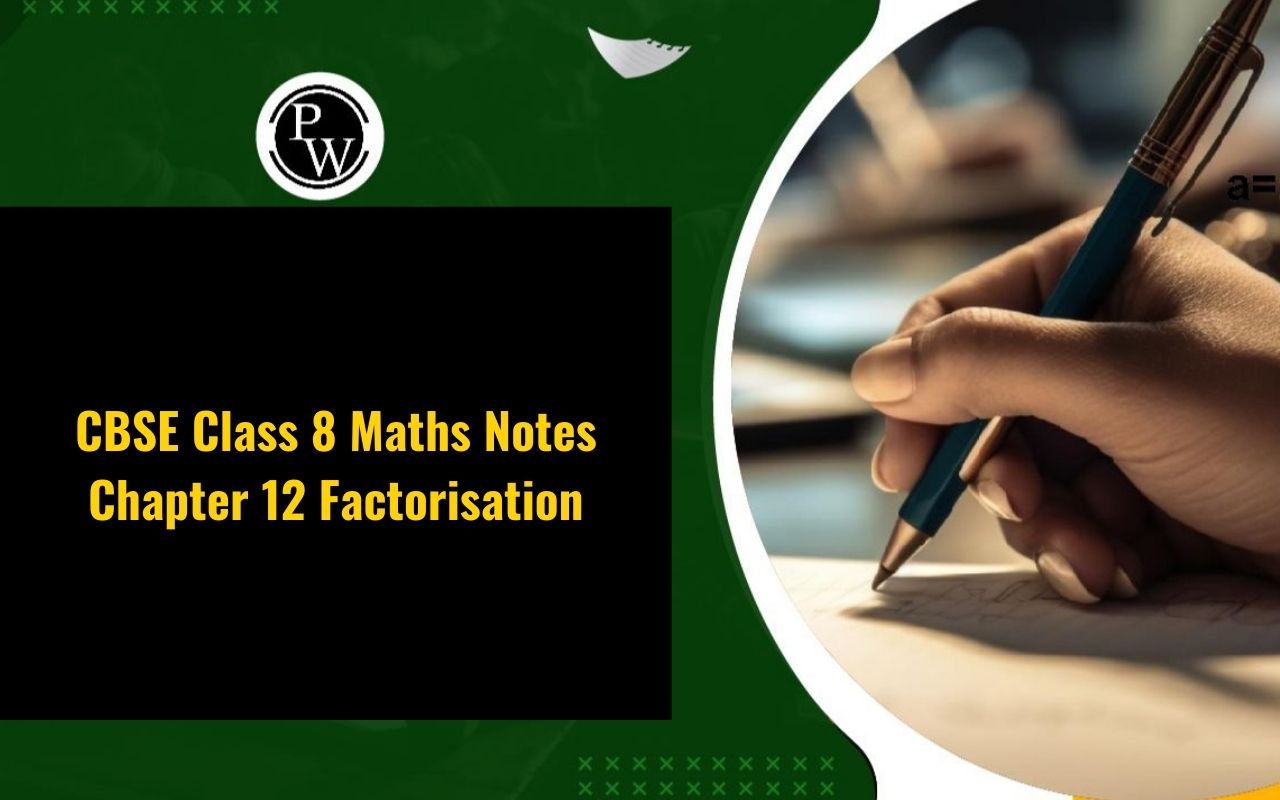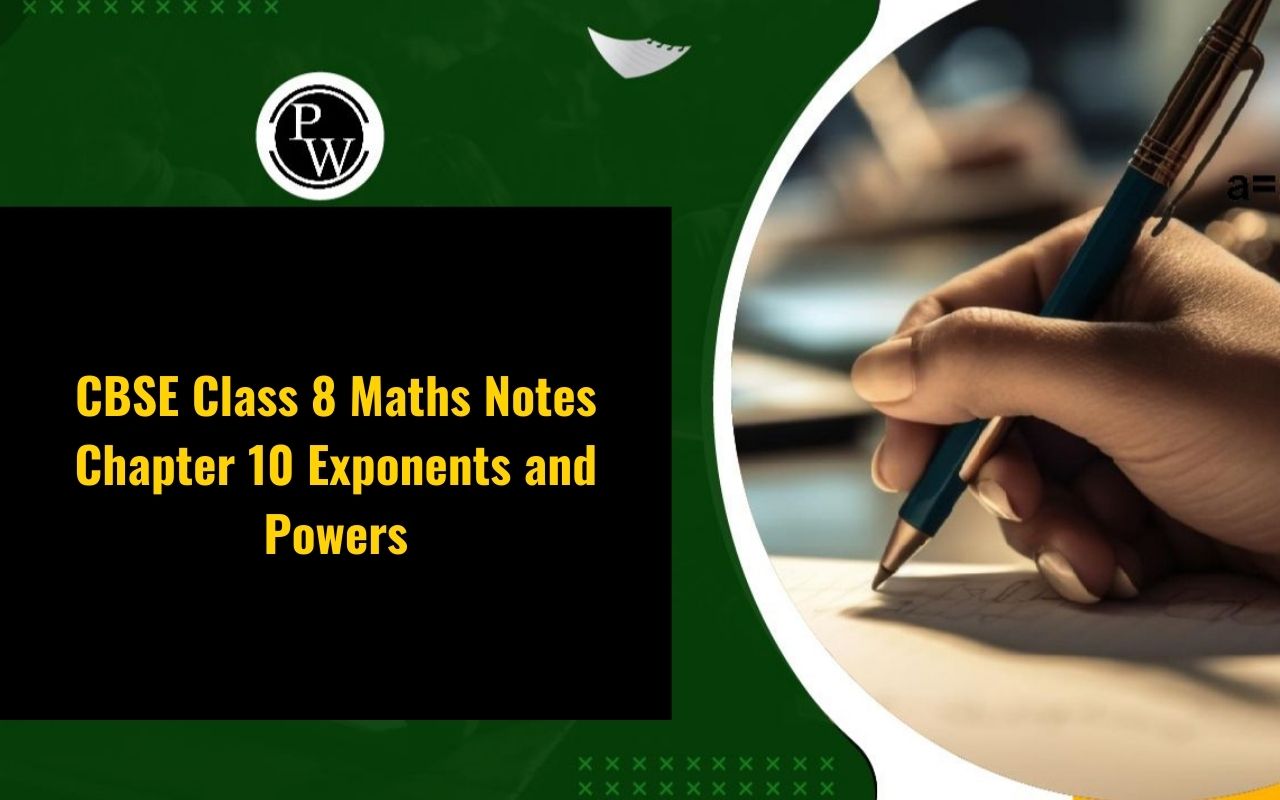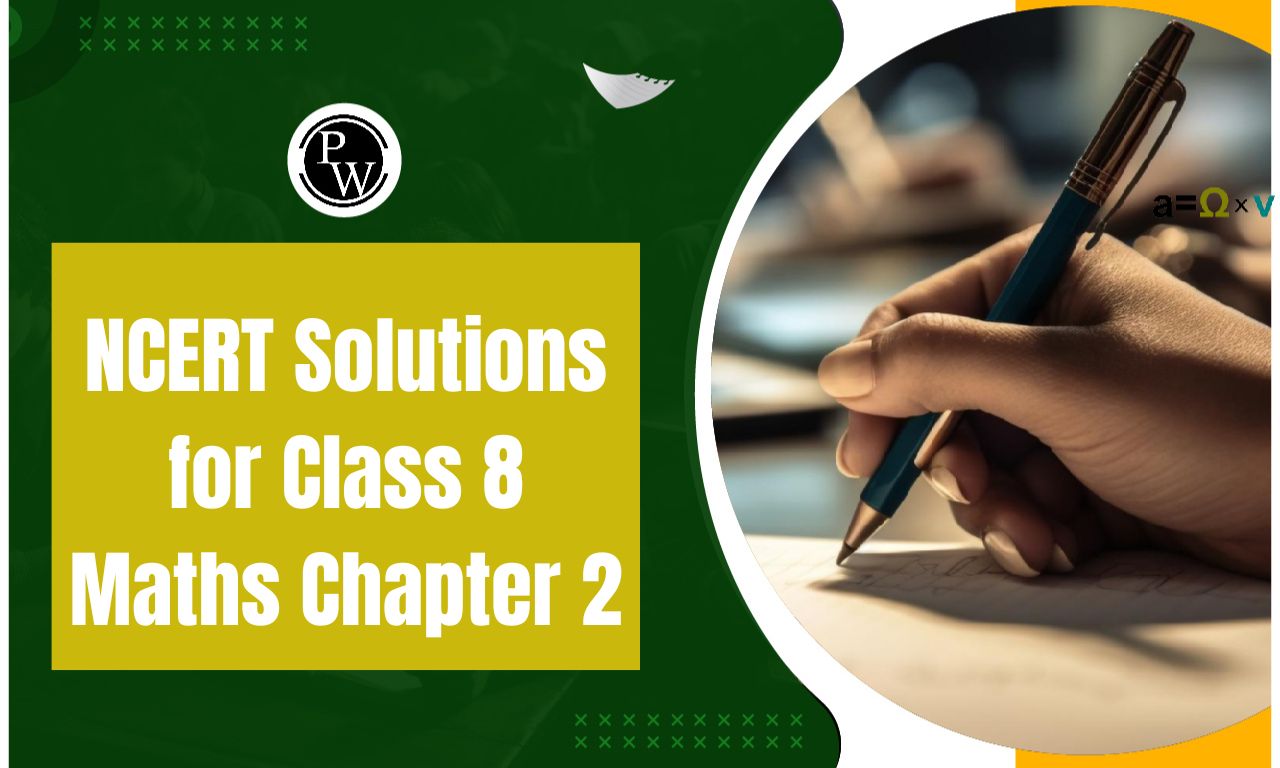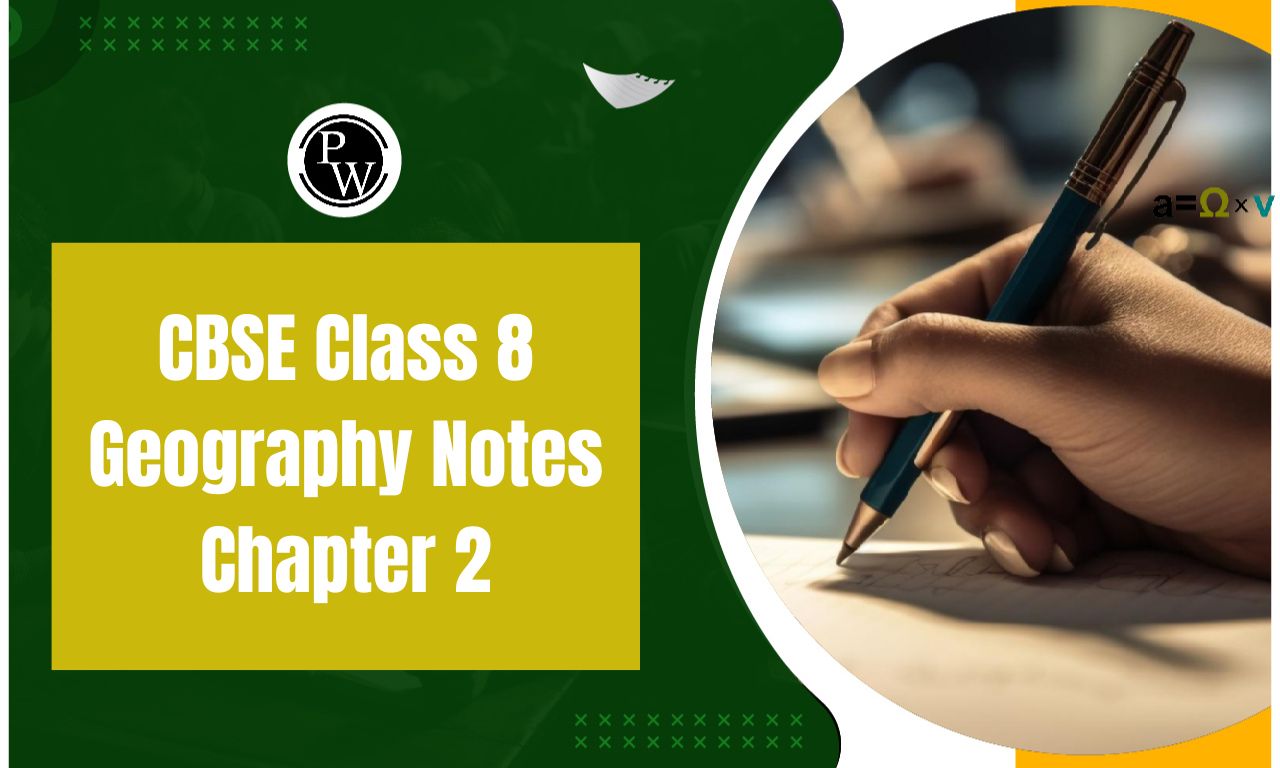
CBSE Class 8 Science Notes Chapter 12: Chapter 12 Some Natural Phenomena in CBSE Class 8 Science, introduces students to various natural events that occur on Earth, such as lightning, earthquakes, and the effects of static electricity. The chapter explains how these phenomena are caused, the science behind their occurrence, and their impact on our lives.
It also emphasizes the importance of safety measures during these events, teaching students how to protect themselves from lightning strikes and understanding the basics of earthquake preparedness. This chapter aims to enhance students knowledge of natural forces and their role in shaping the Earth's environment.CBSE Class 8 Science Notes Chapter 12 Some Natural Phenomena Overview
These notes are prepared by subject experts of Physics Wallah for CBSE Class 8 Science Chapter 12 Some Natural Phenomena. The overview provides a detailed understanding of key concepts such as lightning, earthquakes, and static electricity. It covers the causes and effects of these natural phenomena, along with practical safety measures to protect oneself during such events. The notes are designed to help students grasp these important scientific concepts with ease, providing a solid foundation for further studies in science.CBSE Class 8 Science Notes Chapter 12 Some Natural Phenomena PDF
The PDF link for CBSE Class 8 Science Notes Chapter 12 Some Natural Phenomena is available below. These notes provide a detailed and structured explanation of the chapter, covering all essential topics. They are an excellent resource for students to revise and understand the key concepts effectively ensuring a solid grasp of the material for exams and further studies.CBSE Class 8 Science Notes Chapter 12 Some Natural Phenomena PDF
CBSE Class 8 Science Notes Chapter 12 Some Natural Phenomena
Below we have provided CBSE Class 8 Science Notes Chapter 12 Some Natural Phenomena for students to help them understand the chapter better and to score good marks in their examination.Introduction
Class 8 Science Chapter 15 focuses on natural phenomena such as lightning and earthquakes, exploring their causes and the safety measures necessary to reduce the damage they can inflict. This chapter highlights the significance of understanding these natural occurrences to better prepare and protect ourselves from their potentially destructive effects.Introduction to Natural Phenomena
A natural phenomenon refers to any event or process that occurs in nature without human intervention. This chapter specifically addresses two destructive natural phenomena: lightning and earthquakes, discussing their causes and the precautions we can take to minimize their impact.Static Charges
Methods of Charging
A body can acquire an electric charge through two primary methods: by rubbing (due to friction) and by induction. These methods are fundamental in understanding how objects can become electrically charged.Charging by Rubbing (Friction):
- When two different materials are rubbed together, electrons can transfer from one material to the other. This transfer of electrons results in one object becoming negatively charged (gaining electrons) and the other becoming positively charged (losing electrons).
- For example, when a plastic rod is rubbed with hair, electrons move from the hair to the plastic rod, causing the rod to acquire a negative charge. Similarly, when a glass rod is rubbed with a silk cloth, the glass rod loses electrons and becomes positively charged.
- The objects charged by rubbing can then attract or repel other charged objects or even small neutral objects, such as pieces of paper. This attraction or repulsion occurs because of the static charges they carry.
Charging by Induction:
- Charging by induction involves the redistribution of charges within an object without direct contact. When a charged object is brought near a neutral object, the presence of the charged object causes a separation of charges within the neutral object.
- For instance, if a negatively charged rod is brought close to a neutral metal sphere, the electrons in the sphere will move away from the rod, leaving one side of the sphere positively charged and the other side negatively charged.
- By grounding the sphere (providing a path for the excess electrons to leave), and then removing the charged rod, the sphere can be left with a net positive charge. This method of charging does not involve any direct transfer of electrons from the charged object to the neutral object but rather induces a charge distribution within the neutral object.
Interaction Between Like and Unlike Charges
Like charges repel each other, while unlike charges attract. This fundamental principle of electrostatics explains how charged objects behave when brought close to one another. For instance, two objects with positive charges will push away from each other, while a positively charged object will be drawn toward a negatively charged one.Convention of Positive and Negative Charges
By convention, the charge that a glass rod acquires when rubbed with silk is designated as positive. This convention helps in understanding and predicting the behavior of charged objects.Transfer of Charges
Charges can be transferred from one object to another through good conductors, such as metals. This transfer occurs because of the movement of electrons between atoms, allowing the charge to move from one material to another. This process is crucial in various applications, such as grounding and electrostatic discharge.Lightning: Introduction
Lightning occurs during thunderstorms when air currents move upwards while water droplets move downwards, causing a separation of charges within the clouds and between the clouds and the Earth. As the magnitude of these charges increases, the normally non-conductive air becomes a conductor, allowing the flow of electricity. This flow of charge, accompanied by bright light and sound, is known as lightning.Electric Discharge
Electric discharge refers to the flow of charge between clouds or from a cloud to the Earth due to the separation of positive and negative charges. This process results in the visible and audible phenomena associated with lightning.Lightning Safety: Steps to Follow
Outside the House:
- Find shelter under small trees or safe structures.
- If inside a vehicle, stay inside with doors and windows closed.
- Avoid metal poles and do not lie flat on the ground; instead, crouch with your head between your hands.
Inside the House:
- Avoid using telephones or touching electrical wires.
- Refrain from bathing.
- Unplug electrical appliances to prevent damage or injury.
Lightning Conductors
Lightning conductors are devices installed on buildings to protect them during lightning strikes. They consist of a tall metal rod that extends from the top of the building to the ground, providing a direct path for the electric discharge to safely reach the Earth.Earthquakes
An earthquake is a sudden shaking of the Earth's surface caused by disturbances deep within the Earth's crust. These natural disasters can cause significant damage to life and property and cannot be predicted with certainty.Causes of Earthquakes
Earthquakes occur due to the movement or collision of tectonic plates in the Earth's crust. The Earth's crust is divided into several large plates that constantly move. When these plates collide, slide past each other, or collapse under one another, they can cause earthquakes on the surface.Seismic/Fault Zones
 The boundaries between tectonic plates are known as seismic or fault zones. These areas are particularly susceptible to earthquakes because they are weaker points where stress can accumulate and eventually be released as seismic activity.
The boundaries between tectonic plates are known as seismic or fault zones. These areas are particularly susceptible to earthquakes because they are weaker points where stress can accumulate and eventually be released as seismic activity.
Power of Earthquakes
The strength of an earthquake is measured using the Richter Scale. An earthquake with a magnitude greater than 7 on this scale is considered destructive. The Richter Scale is logarithmic, meaning that each whole number increase on the scale represents a thousandfold increase in energy released.Seismic Waves
 Tremors from earthquakes produce waves known as seismic waves. These waves travel through the Earth's crust and are recorded by instruments called seismographs. A seismograph uses a vibrating rod or pendulum to detect and record the seismic waves.
Tremors from earthquakes produce waves known as seismic waves. These waves travel through the Earth's crust and are recorded by instruments called seismographs. A seismograph uses a vibrating rod or pendulum to detect and record the seismic waves.
Protection from Earthquakes: Steps to Follow
Outdoors:
- Move to a clear area away from buildings and overhead lines.
- If you are in a vehicle, pull over to a safe location and remain inside the car until the shaking stops.
Indoors:
- Take cover under a sturdy table or desk and stay there until the shaking ceases.
- Avoid standing near tall or heavy objects that might fall.
Structural Measures:
- In seismic areas, build structures with lightweight roofs to reduce damage.
- Secure shelves and cupboards to walls.
- Ensure that buildings are equipped with functional firefighting equipment, as fires can occur after an earthquake.
Benefits of CBSE Class 8 Science Notes Chapter 12
- Comprehensive Understanding : These notes provide a thorough overview of natural phenomena such as lightning and earthquakes. They cover fundamental concepts, causes, and effects, helping students grasp the intricate details of these events.
- Clear Explanations : The notes simplify complex topics making them easier for students to understand. By breaking down the concepts into manageable sections, they ensure that students can follow and retain the information effectively.
- Foundation for Advanced Learning : Understanding these basic concepts prepares students for more advanced studies in natural sciences. The knowledge gained from this chapter serves as a foundation for exploring more complex phenomena in higher classes.
- Exam Preparation : The notes are structured to align with the CBSE curriculum, making them a valuable resource for exam preparation. They help students focus on key points and revise efficiently, improving their performance in assessments.
- Encourages Critical Thinking : By exploring the causes and effects of natural phenomena, students develop critical thinking skills. They learn to analyze and interpret scientific information, which is essential for problem-solving and scientific inquiry.
- Enhanced Learning Experience : The notes are prepared by subject experts, ensuring accuracy and relevance. This expertise contributes to a richer learning experience, providing students with reliable and well-organized study material.
CBSE Class 8 Science Notes Chapter 12 FAQs
What causes lightning?
Lightning is caused by the buildup and discharge of electrical charges between clouds or between a cloud and the Earth. This occurs due to the movement of air currents and water droplets within storm clouds, which causes a separation of positive and negative charges.
How does lightning affect the environment?
Lightning can cause fires, damage buildings, and pose a danger to people and animals. It can also trigger natural disasters such as forest fires and landslides.
What is an earthquake and what causes it?
An earthquake is the shaking of the Earth's surface caused by the sudden release of energy from within the Earth's crust. This energy release is usually due to the movement or collision of tectonic plates.
How are earthquakes measured?
Earthquakes are measured using the Richter Scale, which quantifies the magnitude of the earthquake. A higher magnitude indicates a more powerful and potentially more destructive earthquake. Seismographs are used to record seismic waves and measure the intensity of the tremors.
What are seismic waves?
Seismic waves are waves of energy that travel through the Earth's crust and are generated by earthquakes or other disturbances. They are recorded by seismographs and are used to study the characteristics of earthquakes.
Talk to a counsellorHave doubts? Our support team will be happy to assist you!

Check out these Related Articles
Free Learning Resources
PW Books
Notes (Class 10-12)
PW Study Materials
Notes (Class 6-9)
Ncert Solutions
Govt Exams
Class 6th to 12th Online Courses
Govt Job Exams Courses
UPSC Coaching
Defence Exam Coaching
Gate Exam Coaching
Other Exams
Know about Physics Wallah
Physics Wallah is an Indian edtech platform that provides accessible & comprehensive learning experiences to students from Class 6th to postgraduate level. We also provide extensive NCERT solutions, sample paper, NEET, JEE Mains, BITSAT previous year papers & more such resources to students. Physics Wallah also caters to over 3.5 million registered students and over 78 lakh+ Youtube subscribers with 4.8 rating on its app.
We Stand Out because
We provide students with intensive courses with India’s qualified & experienced faculties & mentors. PW strives to make the learning experience comprehensive and accessible for students of all sections of society. We believe in empowering every single student who couldn't dream of a good career in engineering and medical field earlier.
Our Key Focus Areas
Physics Wallah's main focus is to make the learning experience as economical as possible for all students. With our affordable courses like Lakshya, Udaan and Arjuna and many others, we have been able to provide a platform for lakhs of aspirants. From providing Chemistry, Maths, Physics formula to giving e-books of eminent authors like RD Sharma, RS Aggarwal and Lakhmir Singh, PW focuses on every single student's need for preparation.
What Makes Us Different
Physics Wallah strives to develop a comprehensive pedagogical structure for students, where they get a state-of-the-art learning experience with study material and resources. Apart from catering students preparing for JEE Mains and NEET, PW also provides study material for each state board like Uttar Pradesh, Bihar, and others
Copyright © 2025 Physicswallah Limited All rights reserved.
Get App
